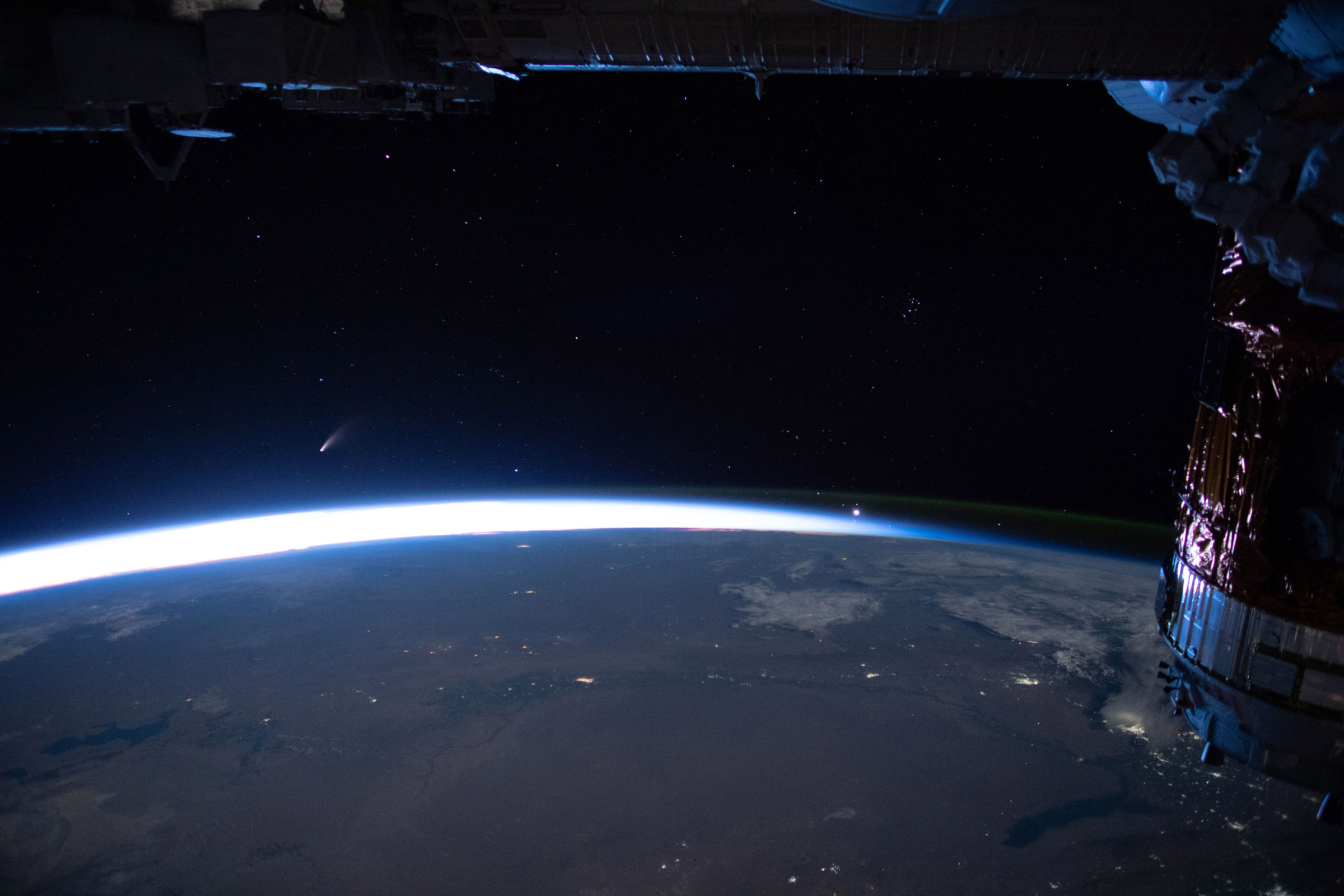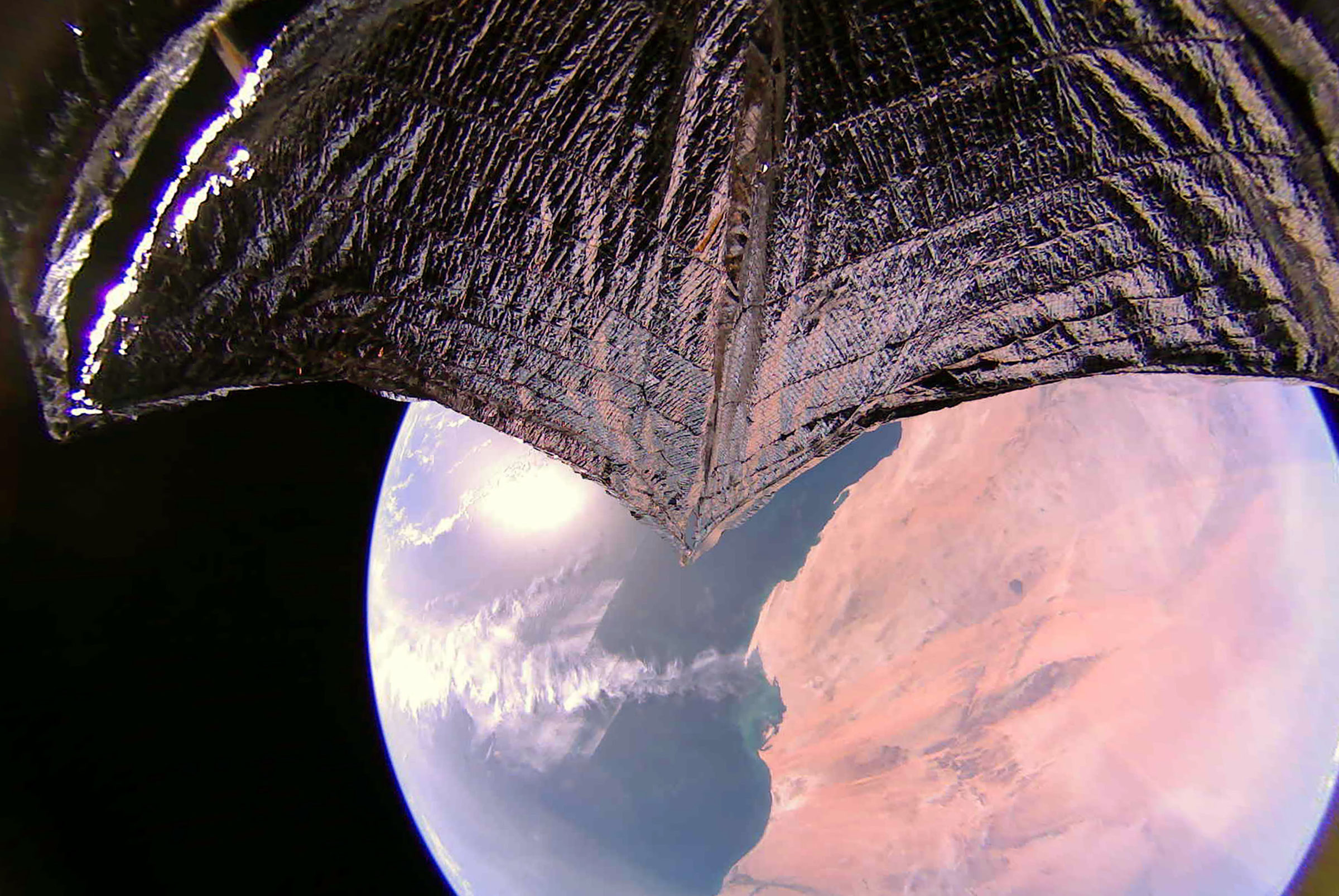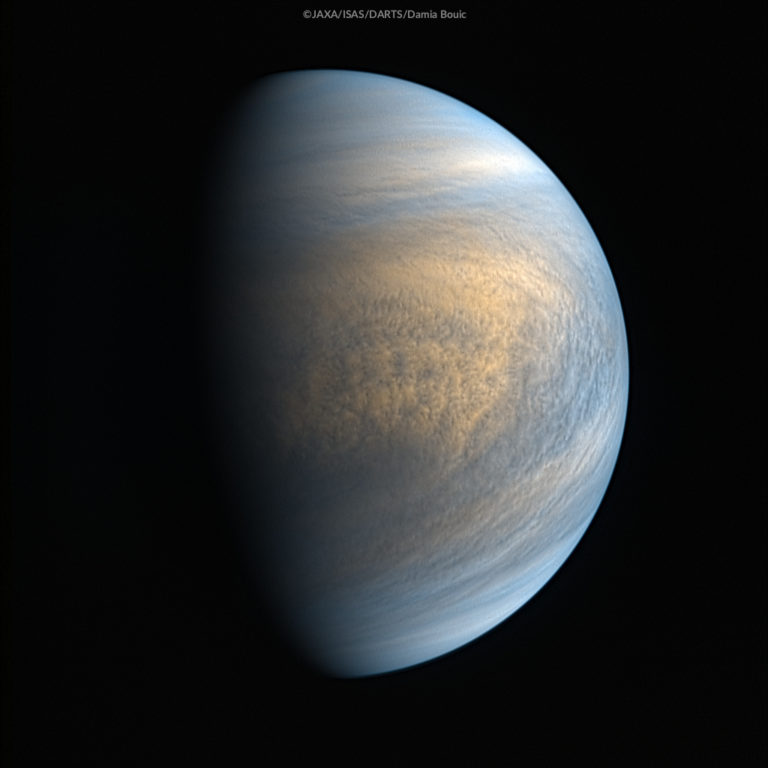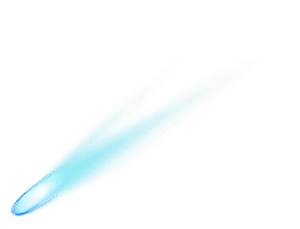The Downlink • Jul 10, 2020
A comet visitor and a pretty metal Moon
Space Snapshot

Want to see a comet? If you live in the northern hemisphere, use binoculars to look low in the northeastern sky before sunrise for comet NEOWISE—formally C/2020 F3 (NEOWISE). For southern hemispherians, the comet isn’t visible so you’ll have to settle for this spectacular view of it from the International Space Station (pictured, credit: NASA). NEOWISE was discovered by NASA’s Near-Earth Object Wide-field Infrared Survey Explorer, which tracks and characterizes dangerous asteroids. The telescope wasn’t originally meant to be an asteroid hunter and its orbit is slowly decaying. A replacement mission, NEOSM, has yet to be fully funded. Sign our petition to help us get NEOSM to the launch pad.
You love space, now take action
This weekly newsletter is your toolkit to learn more about space, share information with your friends and family, and take direct action to support exploration. Anyone can subscribe at planetary.org/connect to receive it as a weekly email.
Mission Briefings


The self-hammering temperature probe aboard NASA’s Mars InSight lander may be stuck again. NASA and German Aerospace Center engineers finally got it underground after pressing down on it with InSight’s robotic scoop, but new images taken while the mole hammers (pictured) show sand grains in the scoop bouncing around—possibly caused by the mole trying to back out of the hole. NASA will move the scoop out of the way to assess the situation. Learn more about InSight here. Image credit: NASA/JPL-Caltech.

After an amateur astronomer captured an image of a new spot on Jupiter, NASA’s Juno spacecraft got a close-up look just 2 days later. “Clyde’s Spot,” named after discoverer Clyde Foster of Centurion, South Africa, is actually a plume of clouds in the gas giant’s upper atmosphere. Learn why we study Jupiter here.

Road trip! While much of the space world’s focus is on the 3 new spacecraft starting their long journeys to Mars this month, NASA’s Curiosity rover will travel roughly 1.6 kilometers (1 mile) to its next science target. Curiosity is climbing the slopes of Mt. Sharp, a mountain in the middle of Gale Crater that preserves eons of Martian history in its rock layers. As it drives up the mountain, Curiosity is studying how Mars’ environment changed from a clement one with lakes filled with drinkable water to one with no surface liquid water at all. Learn more about Curiosity here.

You know the Moon rocks—but did you know it’s also pretty metal? New data from NASA’s Lunar Reconnaissance Orbiter indicate there’s more metal beneath the Moon’s surface than previously thought. Because the Moon likely formed from debris created by a protoplanet smashing into early Earth, understanding the Moon’s chemical and mineral composition helps us understand what happened. Learn more about why we explore the Moon here.

Russia says its long-delayed Luna 25 lander will launch to the Moon in 2021. Luna 25 is expected to test out future landing technologies and carry out scientific experiments near the Moon’s south pole, a region where water ice exists in permanently shadowed craters.
From The Planetary Society


LightSail 2 has completed its primary mission, but that hasn’t stopped it from sending back stunning images of the Earth. This latest image shows Mauritania and Western Sahara in Northwest Africa, as well as the Sun reflecting off the Atlantic. North is roughly at the bottom of the image.

This week, the U.S. House of Representatives advanced their proposal for NASA’s fiscal year 2021 budget. It would provide $22.6 billion dollars—$3 billion less than proposed by the Trump Administration, with almost all of that taken from Project Artemis. Learn more about the 2021 NASA budget here. You can help us advocate for the funding NASA needs by making a gift to our Space Policy and Advocacy program today.

The June solstice issue of The Planetary Report is now available for free online, and as a print magazine for members. This issue showcases the recent accomplishments that members have supported, shares a cosmic perspective with pictures of Earth, and takes you on a deep dive into the wide variety of sample return missions that are underway this year.
What's Up

Jupiter is at opposition this week, making it the brightest it will be all year. This week Jupiter and Saturn both rise in the east at sunset and set in the west at dawn. Around dawn, Venus will be visible in the east even brighter than Jupiter.
Martian Merch

Gear up for July’s Mars launches with some awesome Planetary Society apparel! This Venn diagram t-shirt design reminds us that the more we learn about the Red Planet, the more we come to understand our own home. The Planetary Society and our members around the world help strengthen this connection. Every purchase from our online store directly supports our mission to explore worlds, find life, and defend Earth.
Wow of the Week

Are you an amateur astronomer? Do you want to make your mark on space exploration? The Europlanet Telescope Network is asking citizen scientists to observe Venus in mid-July, late August and mid-October 2020. The data will provide context for in-space observations made by Europe and Japan’s BepiColombo spacecraft and NASA’s Parker Solar Probe spacecraft. Learn more here. Image credit: JAXA / ISAS / DARTS / Damia Bouic.
Do you have a suggestion for the Wow of the Week? We’re looking for space-related art, music, gadgets, quotes, fashion, burning questions, brief sci-fi passages, or anything else that will make our readers go “Wow!” Send us your idea by replying to this email, and please let us know if you’re a Planetary Society member.


 Explore Worlds
Explore Worlds Find Life
Find Life Defend Earth
Defend Earth


